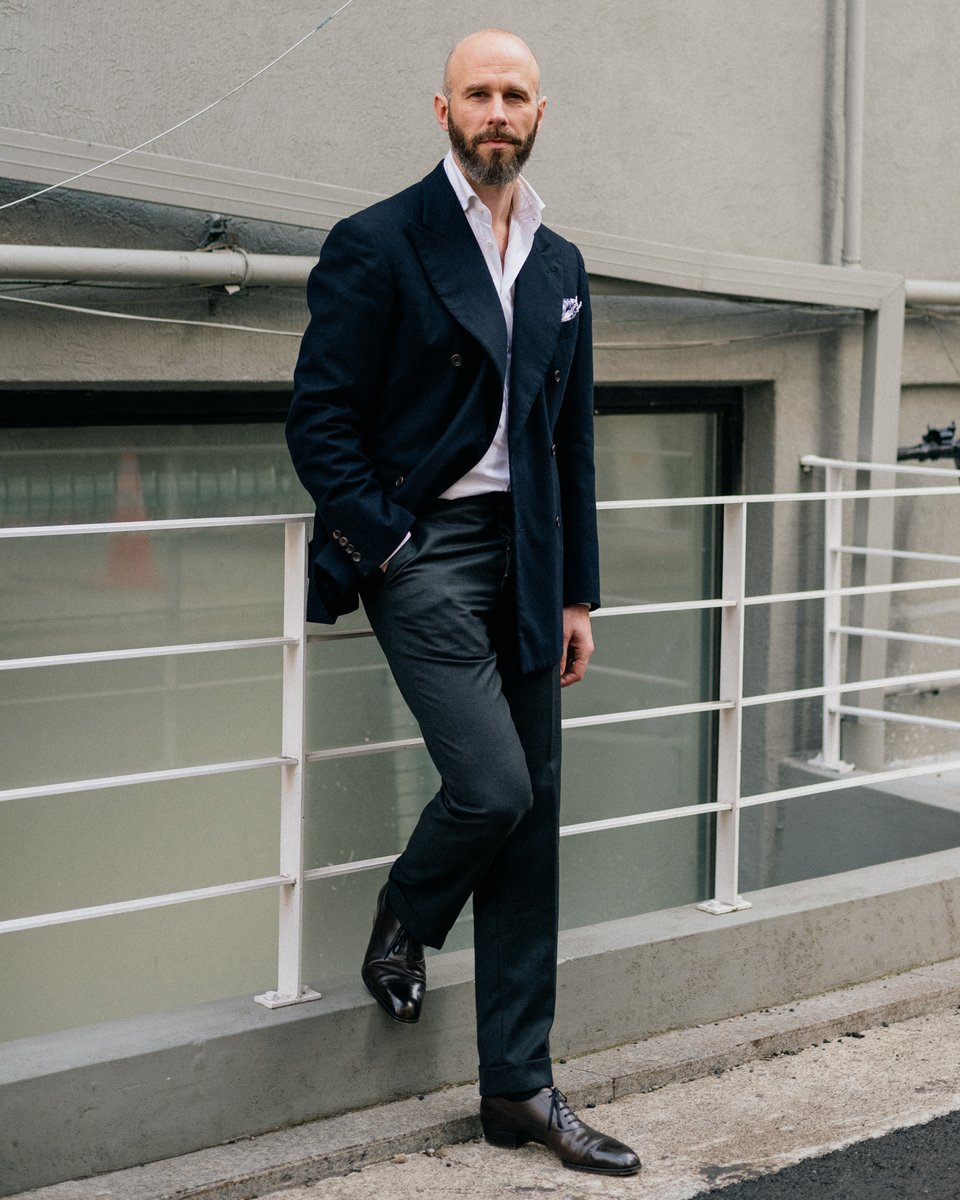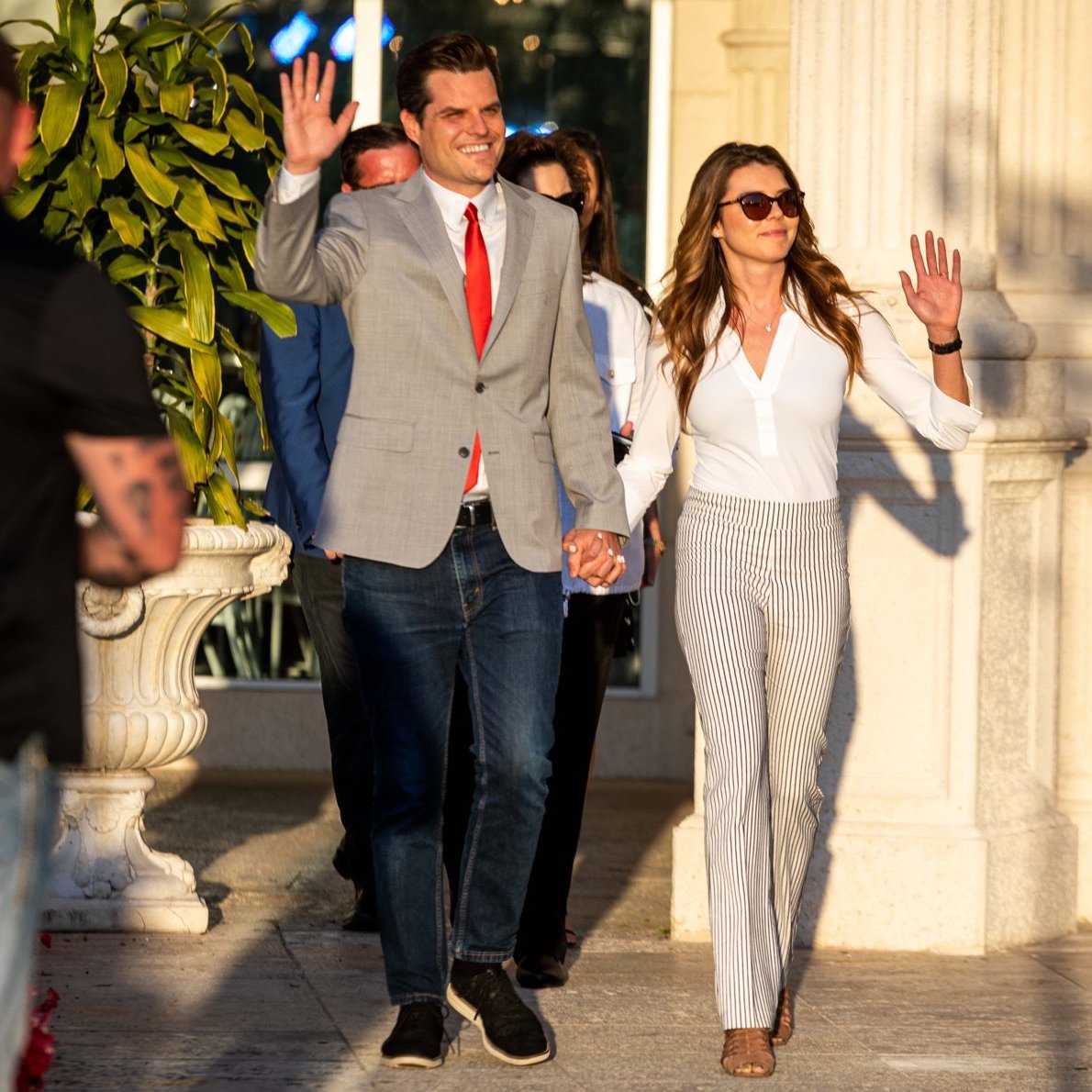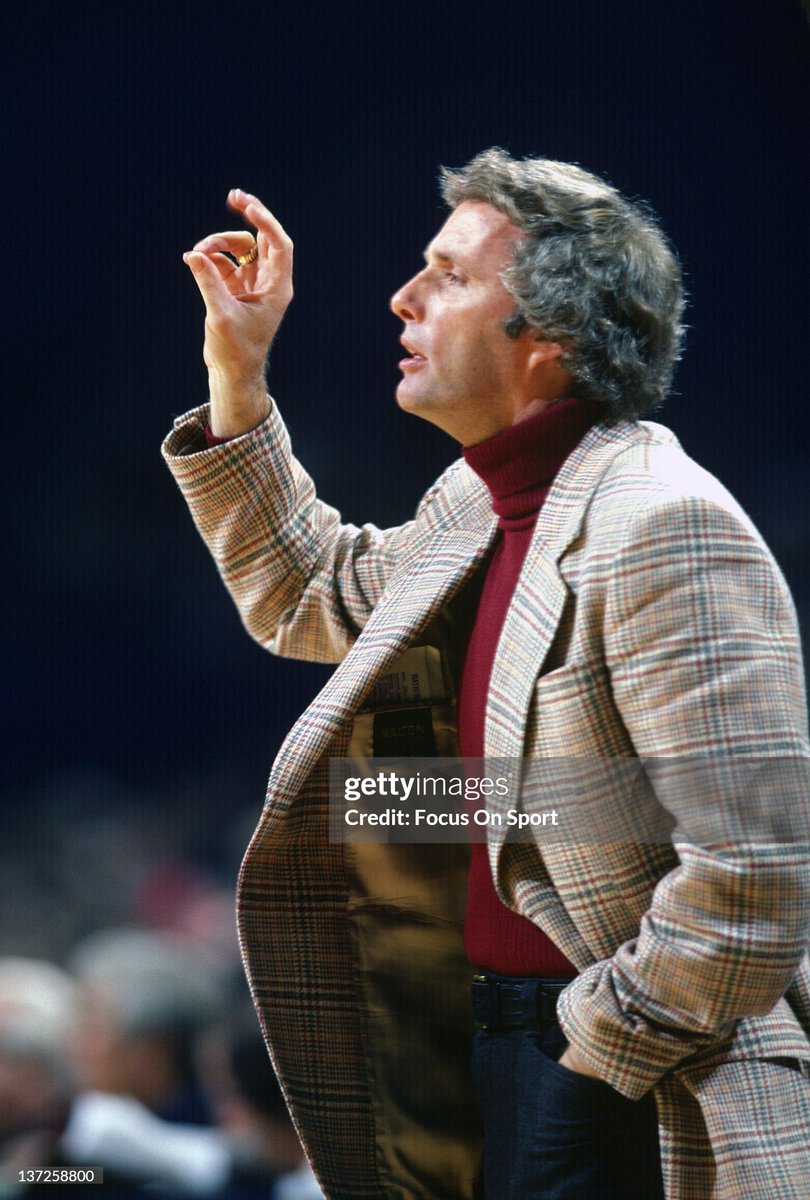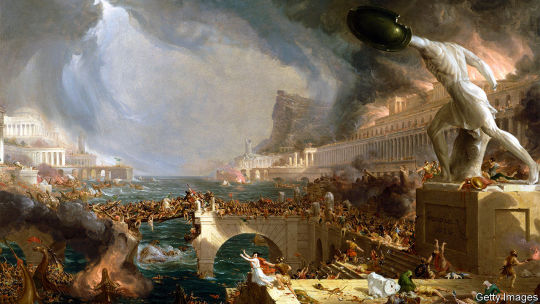People think I'm biased against Jeff Bezos, but here's F. Caraceni Sartoria, widely considered one of the best bespoke tailoring houses in the world, commenting on Bezos's wedding suit.
"The most terrible, frightening, horrible tuxedo ever seen in my life. I'm really suffering"

"The most terrible, frightening, horrible tuxedo ever seen in my life. I'm really suffering"


Nothing to do with politics, only quality tailoring. F. Caraceni made suits for Silvio Berlusconi, who was hardly beloved by progressives. Many people don't know much about tailoring, which is fine, but this doesn't mean that rich or expensive = good.
Caraceni's work:


Caraceni's work:



People keep asking me how this can happen, as Bezos has all the money in the world.
It's not surprising to me that a culture that devalues clothing, makes it hard for artisans to survive (e.g. skyrocketing rents in big cities), and worships celebrity, luxury, brand names, and money, should result in a culture where it's increasingly difficult to find good tailors.
Most wealthy people today don't use tailors. They go to luxury brands, which may or may not have a dept for custom clothing. I can only speak for menswear (where this system would be known as bespoke), not womenswear (which would be haute couture). But for menswear, luxury brands are not placing any real emphasis on their custom tailoring departments.
These parts of the business are often just used to give the luxury ready-to-wear line a halo, which in turn is used to give a halo for a sprawling line of cheaply made accessories for people who can't afford absurdly priced luxury clothes (e.g., $20,000 coat, $5,000 shirts, and other bullshit). So these people are left to buy perfumes, plastic sunglasses, and machine-made belts, which similarly lack any craftsmanship, but at least cost less than four figures.
Thus, if you're Bezos or some other rich person, you are left looking out onto the market. And what do you see? Mostly luxury brands that promise to deliver "the best." And surely, why shouldn't they be the best? Look at the comments I've received so far. "It's expensive, are you so stupid to think that this is not good?" So they pay $10,000 for a ready-to-wear garment. Or a custom garment that was simply made by adjusting a block pattern (nevermind if they are a good fit for the block). The garment may even be made in a factory! Not on a bench, as would happen in a traditional bespoke workshop.
There are some "luxury" or "designer" lines that are truly impressive, such as Rick Owens, which places a strong emphasis on design. But people like Bezos are not buying such avant-garde clothes. They are buying plain looking ready-made clothes that were produced in a factory. The desirable aspect is simply in the fact that someone had the gumption to charge $20,000 for a beige sweater.
Getting a truly beautiful tailored garment requires three things: 1) money, 2) knowledge (as the best tailors are often little-known shops), and 3) patience (four meetings, which include three fittings, and the desire to tweak things throughout the process, as sometimes the first tailor doesn't produce the best result for you!).
Does someone like Bezos have all three? Certainly, he has the first (money). Most stylists are working with luxury brand (some even get paid on the back end to bring in clients! Which is a conflict of interest!). But even if he found the right stylist, he would have to personally invest time.
Most rich people are just going to go to Tom Ford, ask for a custom suit, and be done with it. That's why most rich people look terrible. Society has made it impossible for most tailors to carve out a living, as skyrocketing rents increase cost and a total devaluation of clothing ("this is gay" or "I'm a more authentic, virtuous person by dressing like shit") decreases income. Thus we're all left with brands.
It's not surprising to me that a culture that devalues clothing, makes it hard for artisans to survive (e.g. skyrocketing rents in big cities), and worships celebrity, luxury, brand names, and money, should result in a culture where it's increasingly difficult to find good tailors.
Most wealthy people today don't use tailors. They go to luxury brands, which may or may not have a dept for custom clothing. I can only speak for menswear (where this system would be known as bespoke), not womenswear (which would be haute couture). But for menswear, luxury brands are not placing any real emphasis on their custom tailoring departments.
These parts of the business are often just used to give the luxury ready-to-wear line a halo, which in turn is used to give a halo for a sprawling line of cheaply made accessories for people who can't afford absurdly priced luxury clothes (e.g., $20,000 coat, $5,000 shirts, and other bullshit). So these people are left to buy perfumes, plastic sunglasses, and machine-made belts, which similarly lack any craftsmanship, but at least cost less than four figures.
Thus, if you're Bezos or some other rich person, you are left looking out onto the market. And what do you see? Mostly luxury brands that promise to deliver "the best." And surely, why shouldn't they be the best? Look at the comments I've received so far. "It's expensive, are you so stupid to think that this is not good?" So they pay $10,000 for a ready-to-wear garment. Or a custom garment that was simply made by adjusting a block pattern (nevermind if they are a good fit for the block). The garment may even be made in a factory! Not on a bench, as would happen in a traditional bespoke workshop.
There are some "luxury" or "designer" lines that are truly impressive, such as Rick Owens, which places a strong emphasis on design. But people like Bezos are not buying such avant-garde clothes. They are buying plain looking ready-made clothes that were produced in a factory. The desirable aspect is simply in the fact that someone had the gumption to charge $20,000 for a beige sweater.
Getting a truly beautiful tailored garment requires three things: 1) money, 2) knowledge (as the best tailors are often little-known shops), and 3) patience (four meetings, which include three fittings, and the desire to tweak things throughout the process, as sometimes the first tailor doesn't produce the best result for you!).
Does someone like Bezos have all three? Certainly, he has the first (money). Most stylists are working with luxury brand (some even get paid on the back end to bring in clients! Which is a conflict of interest!). But even if he found the right stylist, he would have to personally invest time.
Most rich people are just going to go to Tom Ford, ask for a custom suit, and be done with it. That's why most rich people look terrible. Society has made it impossible for most tailors to carve out a living, as skyrocketing rents increase cost and a total devaluation of clothing ("this is gay" or "I'm a more authentic, virtuous person by dressing like shit") decreases income. Thus we're all left with brands.
• • •
Missing some Tweet in this thread? You can try to
force a refresh































